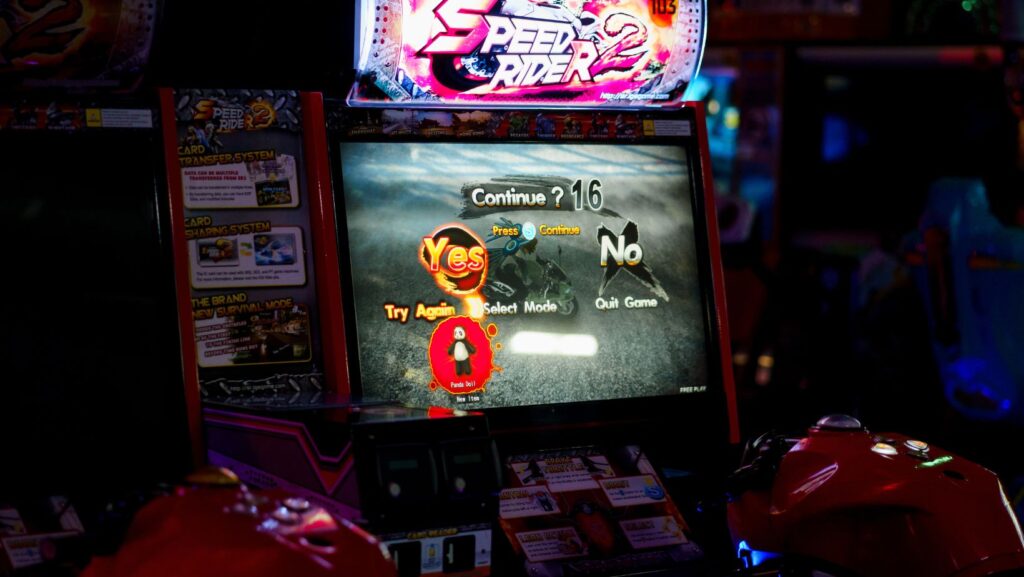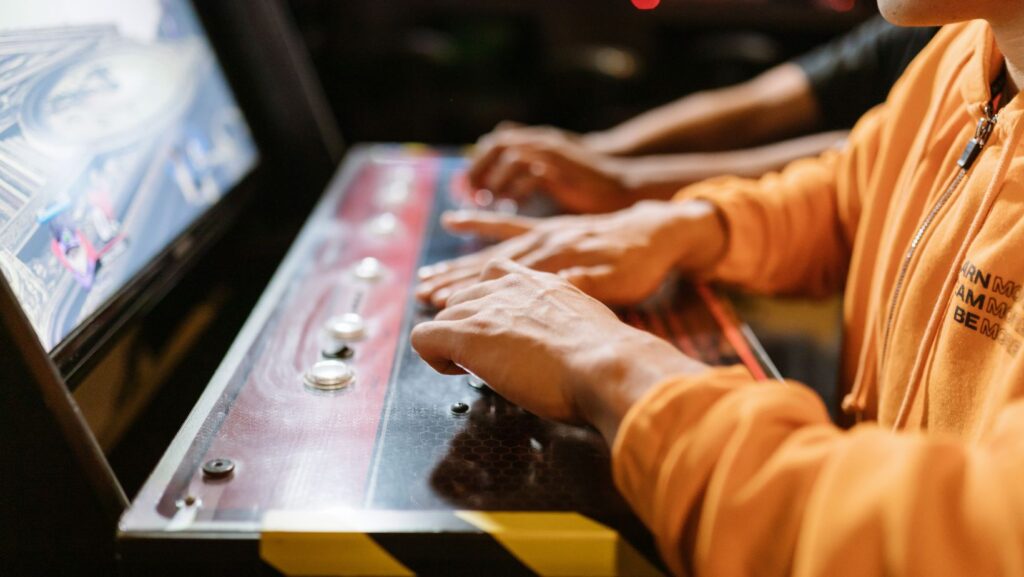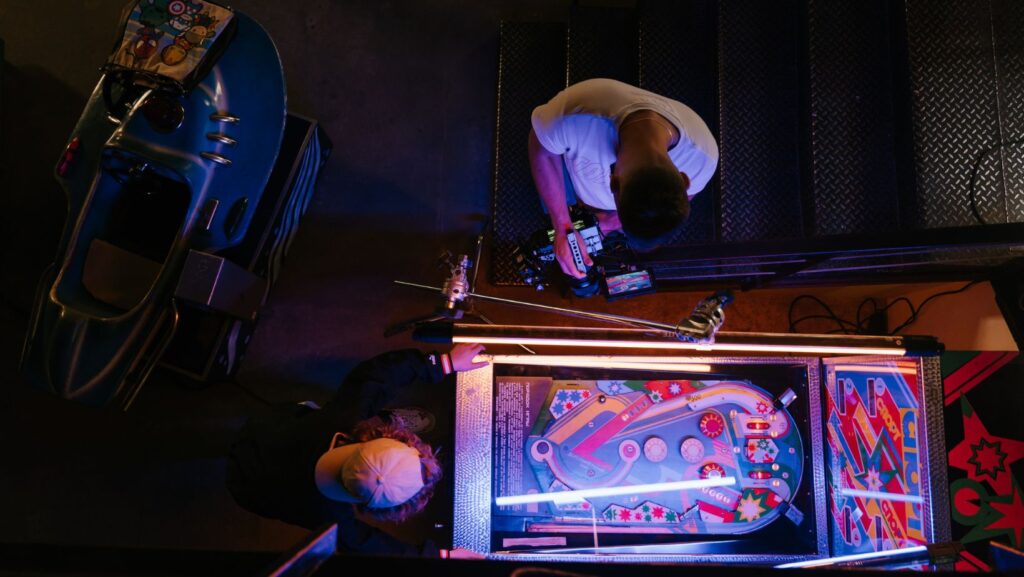Vintage Handheld Games

In a world dominated by smartphones and high-definition gaming consoles, it’s easy to forget the charm of vintage handheld games. These pocket-sized wonders once captivated the imaginations of millions, offering a unique blend of simplicity and entertainment. From the iconic Game Boy to lesser-known gems like the Game & Watch series, these devices hold a special place in the hearts of gaming enthusiasts.
Vintage handheld games weren’t just about passing the time; they were a gateway to new worlds and adventures. Each beep and pixelated character carried players away from the mundane, sparking joy and nostalgia. As retro gaming experiences a resurgence, these classic handhelds are gaining renewed appreciation among collectors and casual gamers alike.
Exploring the history and impact of these devices reveals why they remain beloved. Whether it’s the satisfying click of buttons or the thrill of beating a high score, vintage handheld games continue to enchant and inspire across generations.
The Rise Of Vintage Handheld Games
During the late 1970s and 1980s, vintage handheld games emerged, capturing the imagination of countless individuals. Pioneering devices like the Milton Bradley Microvision, released in 1979, marked the beginning of this revolution. Known for its cartridge-based systems, Microvision provided a novel gaming experience. In 1980, Nintendo introduced the Game & Watch series, which became immensely popular due to its dual functionality as both a game console and a digital clock.

As the market evolved, companies like Nintendo and Sega dominated the scene. Nintendo’s Game Boy, launched in 1989, revolutionized handheld gaming with its compact design and impressive game library. By 1997, over 64 million units were sold worldwide, signifying its massive impact. Sega’s Game Gear, a competitive counterpart released in 1990, further expanded gaming possibilities with its full-color display.
Technological advancements boosted these devices’ popularity. LCD screens and improved sound capabilities enabled richer interactive experiences. Game developers capitalized on these innovations, creating iconic titles like Tetris, Pokémon Red and Blue, and Sonic the Hedgehog. These games not only entertained but also fostered communities that shared tips and strategies.
The availability and affordability of these devices also played key roles in their rise. Mass production techniques and strategic pricing allowed wider access. As they were portable, players could enjoy gaming anytime, anywhere. This convenience contributed to their mainstream acceptance, transforming handheld gaming into a cultural phenomenon.
Popular Vintage Handheld Games
Vintage handheld games continue to captivate both collectors and gamers. These devices offer a nostalgic blend of simplicity and entertainment.
Game & Watch Series
The Game & Watch series, launched by Nintendo in 1980, combined gaming with practical functionality. Each unit featured an LCD screen and employed a simple control interface. The series introduced iconic titles like “Ball” and “Donkey Kong,” shaping the future of portable gaming. Over 43.4 million units sold worldwide during its production run, illustrating its widespread appeal.
Nintendo Game Boy
Released in 1989, the Nintendo Game Boy revolutionized handheld gaming with its 8-bit graphics and robust game library. “Tetris” and “Pokémon” became synonymous with this device, leading to over 64 million units sold by 1997. Its monochrome screen, efficient battery life, and solid build contributed to its success, making it a staple in gaming history.
Atari Lynx
The Atari Lynx, introduced in 1989, boasted a full-color backlit display, setting it apart from competitors. Despite its advanced technology, including the ability to network multiple units for multiplayer games, the Lynx faced stiff competition. It remains a collector’s item, known for titles like “California Games” and “Batman Returns.”
Sega Game Gear

Sega’s Game Gear entered the market in 1990, bringing vibrant color graphics and a backlit screen. Positioned as a competitor to the Game Boy, it offered a diverse range of games, including “Sonic the Hedgehog” and “Columns.” While less portable due to its size and battery demands, it carved a niche with over 10 million units sold globally.
Vintage handheld games continue to captivate both seasoned collectors and new enthusiasts alike. Their simplicity and charm offer a nostalgic escape, reminding players of a time when gaming was straightforward and deeply engaging. As these devices gain renewed appreciation, they underscore the lasting impact of early gaming innovations. The blend of collectible allure and the joy of restoration ensures that vintage handhelds remain a cherished part of gaming history. Their influence on modern game design and the community’s ongoing passion for retro gaming highlight the timeless appeal of these pioneering devices.

